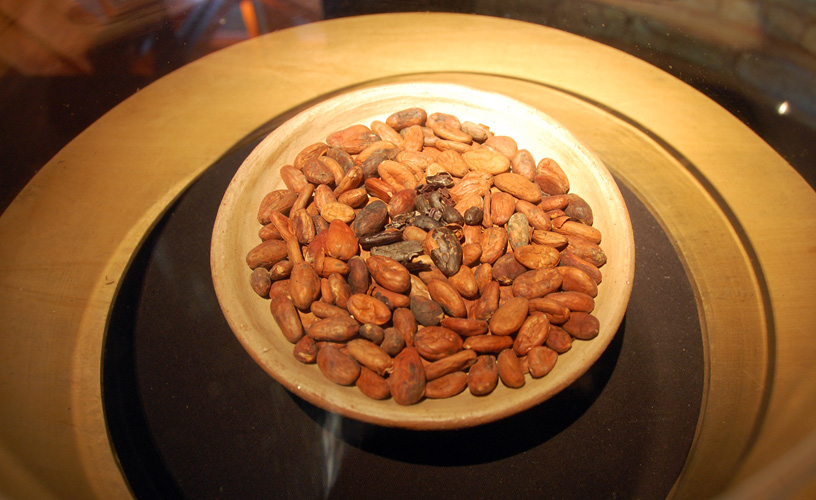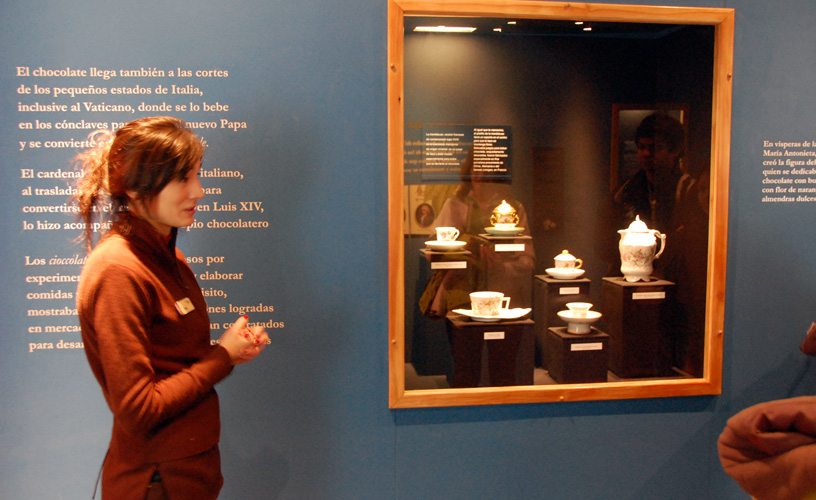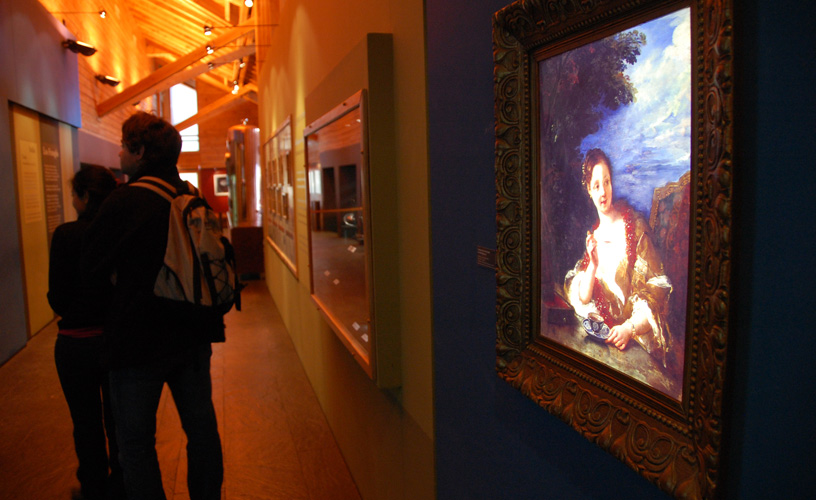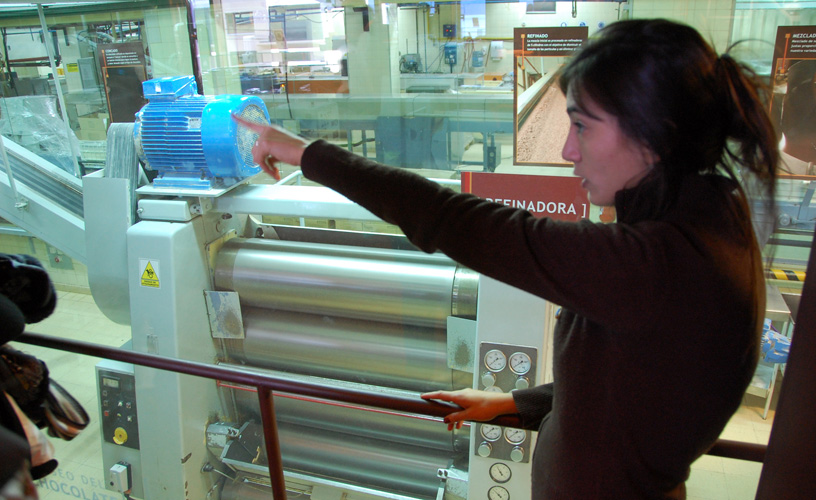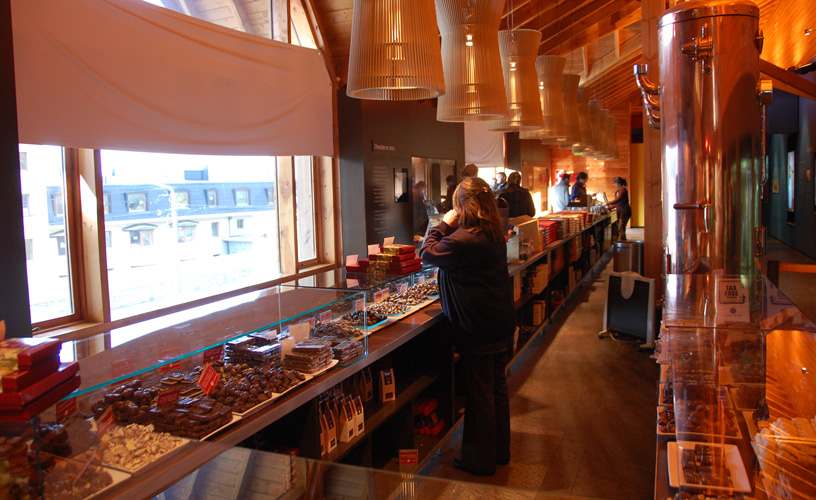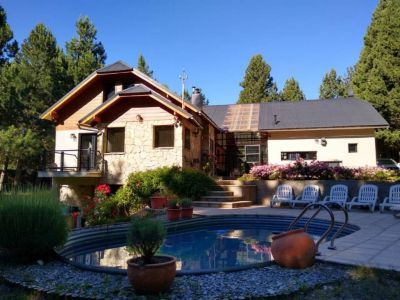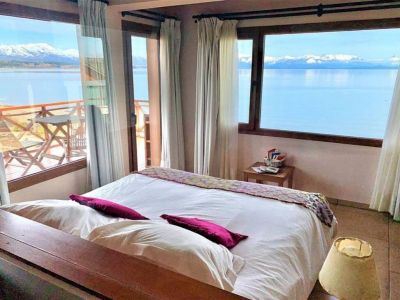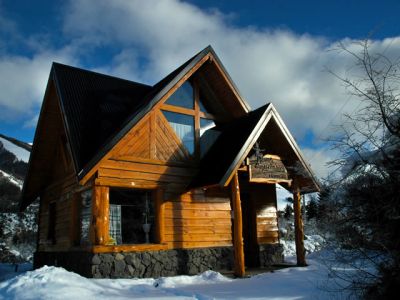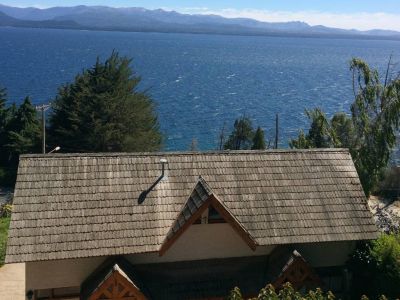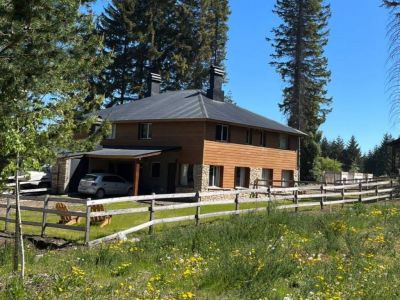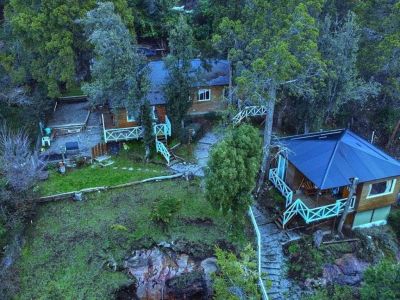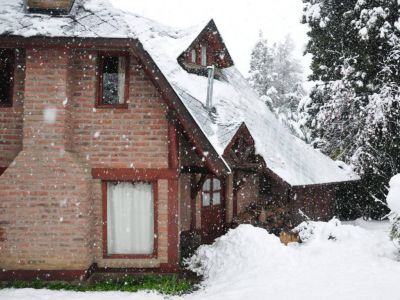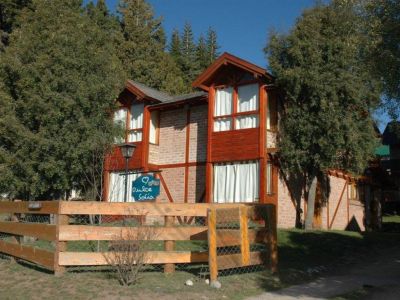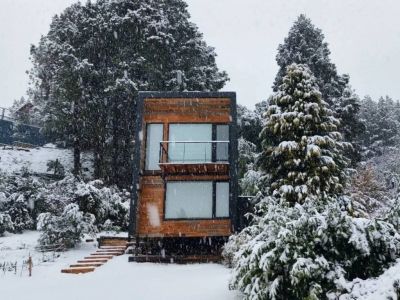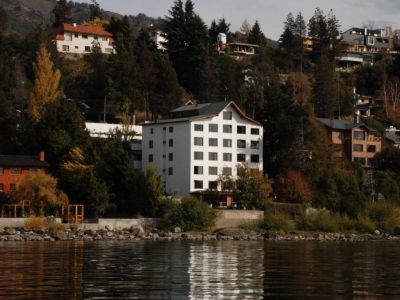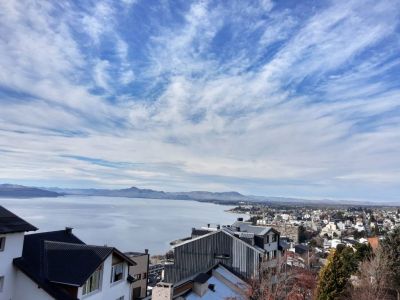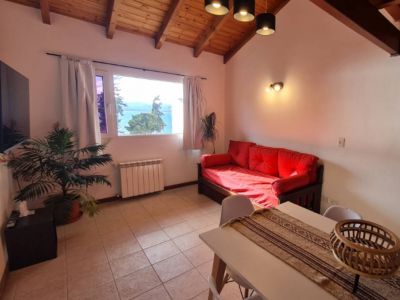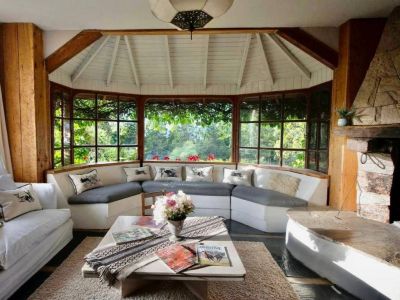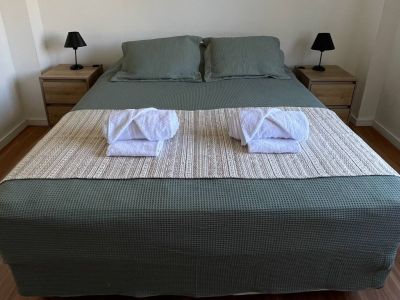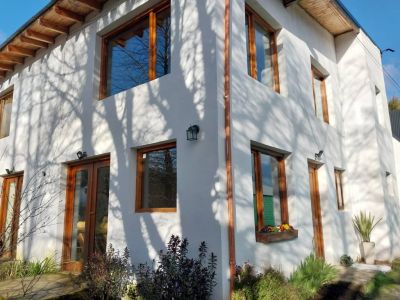Once inside the access hall at the Chocolate Museum, a well-known deep aroma invited us is. Our tour around the exhibition rooms would be escorted by that smell that penetrated beyond our noses.
In the company of a young lady from the museum, we observed scale models, posters and sculptures that represented attractive material for visitors. She was in charge of unraveling legends, history and sayings from different times and more than once she stole a smile from us.
We tried to imagine the Mayas and the Aztecs with their rudimentary farming tools taking care of the cocoa plantations. It was their civilizations which started this custom in their dominions from Mexico to Central America.
Chocolate Makes History in Bariloche
Drawings and hieroglyphics showed how the beans were transformed into a spirit. It used to be consumed cold mixed with pepper, according to lineage. The beans were also used as currency.
As the conquerors arrived in America, this tradition passed onto Spain and it was the Spanish monarchs who learned how to value the cocoa beans they had just received. As time went by, the chocolate would be consumed along with milk and sugar, and that habit spread to other European countries.
Our guide stepped in: “Europe has preserved the custom of eating chocolate almost pure, with 90% of cocoa. That is why it is darker. Our palate has become accustomed to sweeter tastes and that is why we vary the doses of cocoa and cocoa butter”.
In order to turn the cocoa beans into chocolate, first they must go through a process of fermentation, drying and grinding. Afterwards, the result is mixed with other ingredients. One of them is cocoa butter, also extracted from the plant’s pod. The cocoa butter provides elasticity to chocolate and the possibility that it may melt inside the mouth. White chocolate does not contain cocoa and, if it is a good quality product, it will have an ivory hue.
Before moving onto the production area, our guide told us how Fenoglio started to produce only chocolate in Bariloche.
Aldo Fenoglio and his wife arrived in the city from Italy in 1947 with light luggage, some recipes and copper pots. At the same time, Benito Secco, also Italian and traveling with his family, arrived in the same destination. They both were eager to start practicing their craft: chocolate making.
The former set up Tronador Chocolate Factory, which was later named after him. The latter founded “Chocolates del Turista”, a trademark that remains still today.
The elaboration circuit turned out to be quite interesting and we were astonished to see how modern machinery co-existed with old devices, all of them in action. Ever since the arrival of powder cocoa till the final products –such as chocolates, bars and shapes- are managed, all our questions were answered by the guide.
Delicacies with Distinguished Surname
A surprise was awaiting us: presented with extreme care, we watched an ancient dish which would be used to serve chocolate in private halls. Likewise, well-known chocolate packaging, both national and foreign were on display. It was a pleasure to recognize the kind of cups our Grandmas used to serve hot chocolate in and also some chocolate trademarks we would get from our elders on an outing to the cinema. These are the kinds of pleasures that leave track.
We shared this chocolate route with tourists both from our country and from abroad. Many of them added their own experiences with chocolate as family traditions.
When it was time to taste the product, we could not refuse to accept an invitation to that tray full of dark, milk and white chocolate bars. Without paying attention to the proportions of cocoa solids in each variety, we let the heavenly delicacy melt in our mouth.
Mónica Pons
Eduardo Epifanio
Contact of the excursion or tour
Fenoglio Chocolate Museum
Av. Bustillos 1200, San Carlos de Bariloche, Río Negro, Agentina
Phone: +54 294-4422170
